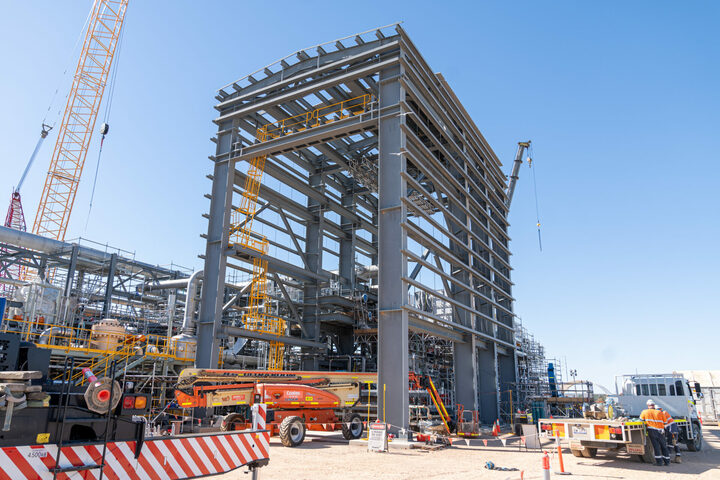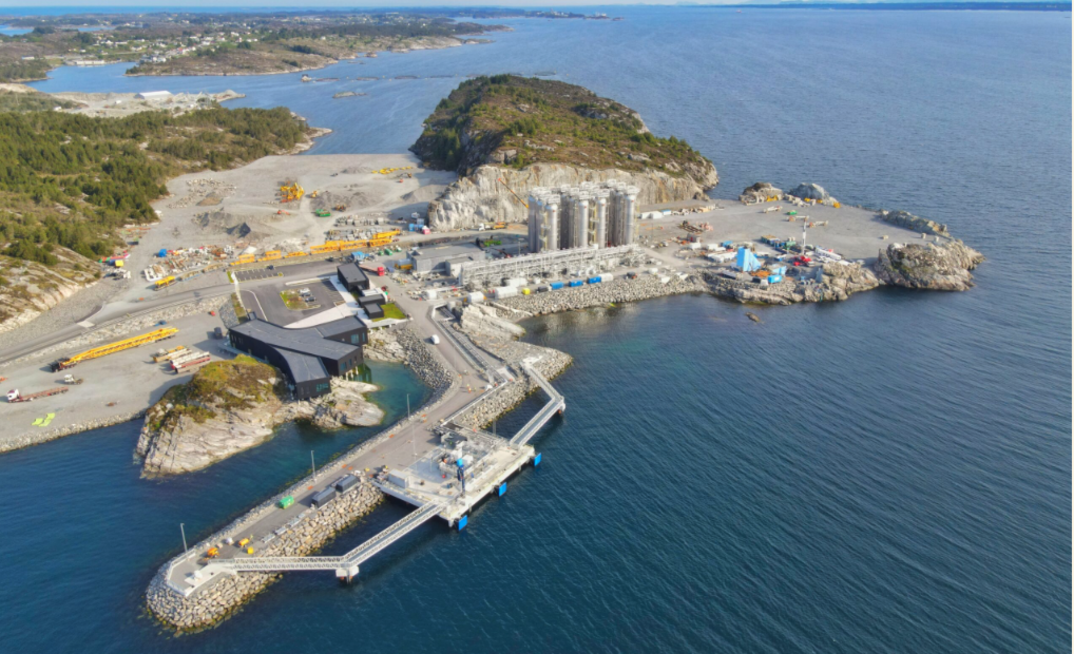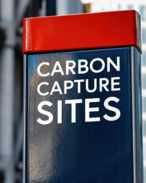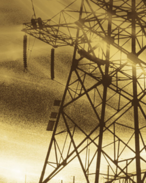Australia's ambitions to become a global leader in carbon sequestration have received a boost, with new research confirming the viability of the transportation of CO2 at both low-temperature and low-pressure —a development that could slash costs and accelerate the commercial viability of carbon capture and storage (CCS).
The Future Energy Exports Cooperative Research Centre (FenEx CRC) has released a landmark report validating the feasibility of transporting CO₂ in a low-pressure, low-temperature state, potentially overcoming one of the most significant economic hurdles to scaling CCS.
The breakthrough could unlock cost efficiencies for moving CO₂ from industrial emitters to storage basins, reinforcing Australia's position as a leading hub for global carbon sequestration.
The findings come as the International Energy Agency (IEA) reiterates that carbon capture, utilisation, and storage (CCUS) will play a critical role in meeting net-zero targets, particularly for hard-to-abate industries. The agency has cautioned that without significant CCS deployment, achieving climate goals will be more challenging. With its vast offshore basins and highly suitable geology, Australia is well-positioned to leverage this technology.
YOU MIGHT ALSO LIKE

FenEx CRC's senior project manager, Daein Cha, and engineering project manager, Dr Luke McElroy, presented the research, highlighting the economic and strategic benefits for Australia.
A $5.6b market on the rise
The global carbon capture and storage (CCS) market is poised for significant expansion, with conservative estimates projecting growth from US$3.47 billion in 2023 to US$5.61 billion by 2030—a compound annual growth rate of 7.3%.
With industrial powerhouses like Japan and South Korea lacking sufficient geological formations for CO₂ storage, Australia is emerging as a natural sequestration hub. Its vast offshore basins and established regulatory framework have attracted investment from major Japanese and Korean companies, with INPEX, J-Power, and government-backed agreements facilitating cross-border carbon storage initiatives.
"Australia emits around 500 million tonnes of CO₂ annually, yet it has an estimated 870 years' worth of geological storage capacity—far exceeding domestic requirements," McElroy said.
"This presents a strategic opportunity to store emissions from energy-importing nations that lack viable storage solutions."
Unlike many of its regional counterparts, Australia allows private entities to acquire CO₂ storage acreage, accelerating investment in projects such as deepC Store and Santos and Beach Energy's shared Moomba CCS facility, which are moving toward commercial-scale deployment.

CO2 transport costs shift the economics
One of the biggest roadblocks to large-scale CCS adoption is the cost and complexity of moving CO₂. Pipelines are the cheapest option—but only for short distances. Once you go beyond 200 kilometers, they're just not practical. That leaves shipping as the only real alternative—assuming new technology can bring the costs down.
Japan is already investing heavily in this, funding research into low-temperature, low-pressure CO₂ transport. The FenEx CRC study has found that maintaining CO₂ at around 7 bar and -49°C allows for bigger, lighter and cheaper carbon storage on ships—a factor that could truly unleash the industry.
"This breakthrough has the potential to make CCUS commercially viable in hard-to-abate sectors," Cha said.
"We've seen successful demonstrations of CO₂ shipping in Norway's Northern Lights project, and similar models could be replicated in Australia."
FEnEx CRC is tackling the challenge of CO₂ freezing at ultra-low pressures, aiming to make shipping and storage safer. They're looking into impurity freeze-out during cryogenic liquefaction and transport.
But here's the interesting part: CO₂ actually has a key advantage over gases like hydrogen or nitrogen: it freezes at -57°C (as dry ice). That has some big perks, like compact storage, lower pressure requirements, controlled release, and better carbon capture options for industry.
Will Australia capitalise on its ‘beautiful geology'?
The International Energy Agency (IEA) has made clear that CCS will be critical in the energy transition, but the challenge lies in scaling up deployment and cutting costs. With its vast storage potential, regulatory certainty, and rising investment, Australia is well-positioned to lead in global carbon sequestration.
The question is no longer whether Australia has the capacity—it does. The real test is whether policymakers and industry leaders will move decisively to monetise its "beautiful geology" and cement the country's role as a CCS powerhouse.

About the project
Future Energy Exports project investigates low-pressure liquefied CO₂ (LP LCO) for CCS, focusing on composition accuracy, CO₂ freezing risks, and boil-off gas behaviour. Led by JX Nippon, LETA, Mitsui O.S.K. Lines, and Osaka Gas, research is conducted by FEnEx CRC, Seoul National University, The University of Western Australia, deepC Store, and other research partners.























